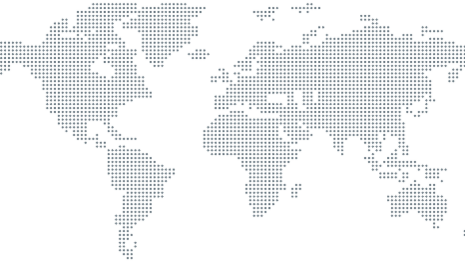Digitalization isn't just a passing trend—it's become essential for businesses aiming to stay ahead in the game. Across industries, companies are embracing digital strategies to streamline operations, enhance efficiency, and bolster financial performance.
We started our digital journey in 2020, and this year, we've formalizing our strategy to align with what matters most for our business and our goals. At the forefront of our efforts is our commitment to make our entire supply chain more sustainable and resilient, so we can adapt quickly to what our customers need, ensure full traceability, and reduce waste.
Diverse minds create collective impact
As Global Head of Architecture & Innovation, I work with a diverse and gender-balanced group spanning six countries. We are a new team, with most members joining last year. Yet, we've already successfully transitioned to a fully self-organizing structure, granting team autonomy in managing daily operations, including budget oversight, vendor liaison, and workload distribution.
Our team is structured around two key components. One is dedicated to data, including data engineering, data scientists, and business intelligence while the other focuses on digitalization for business automation.
Building a foundation on our wealth of data
To build a good foundation we first assessed our digital landscape, gathering data from processes around the world. Kendrion is made up of diverse, formerly independent companies, each with their own unique processes deeply rooted in day-to-day operations. By consolidating all their data into a data lake, we gained a clearer vision of efficiency-boosting opportunities.
Last year, we accelerated our digitalization program. Our current focus revolves around predictive internals, incorporating predictive capabilities into production, and introducing AI into the back office. As part of our strategy this year, we’re designing a data governance model to prevent and mitigate any risks.
Exciting breakthroughs in efficiency
Our digital efforts are providing promising results. Enhancing cash flow is a key business priority, for instance. We conducted a data analysis last year, which resulted in reduced stock levels and in turn, improved cash flow.
By extracting valuable data, especially from the Enterprise Resource Planning (ERP), we empower our factory teams with valuable insights. This has already led to more efficient resource and production scheduling. The Power BI (Business Intelligence) tool has also proven highly successful, offering crucial support to the entire organization. These are great results and help convince people that data can make their lives a lot easier. In fact, they are now proactively asking for our reports!
Riding the ChatGPT wave
We’re also extremely excited about our unique chatbot. Using generative AI, it can swiftly sift through thousands of project documents, providing specific insights about deliveries, quality issues, or project nuances. While still in the testing phase, this tool holds truly revolutionary promise. It can radically change how we collaborate across locations and increase our purchasing power, for instance. Our automotive business unit colleagues who are testing it are extremely excited. We can’t wait to roll it out across the other business units.
Navigating new technologies with flexibility
Digitalization involves getting to grips with new and emerging technologies, not just for my team, but for everyone working with data.
My team consistently engages in testing new technologies, following an agile DevOps methodology. When we evaluate new technologies, compliance with industry or customer standards is an absolute must, especially in automotive. Operating in the cloud, specifically Microsoft Azure, provides us with agility, quick upgrades, and expansion capabilities. Additional security measures ensure data security.
Integrating new technologies, along with their ongoing evolution, poses an intriguing challenge for our operations. Within our European factories, we operate a mix of older and state-of-the-art machinery. Ensuring smooth coordination between these older systems and new ones employing machine learning and connectivity demands careful planning, seamless integration and a lot of patience!
And of course, the digital evolution demands flexibility from our people. They must regularly adapt and acquire new skills, which isn’t always easy for them. To facilitate this shift, we have identified change agents within the business to help guide and support everyone through this transformative process.
Taking our customers on a fully digitized journey
As we look ahead, our roadmap is all about making our production facilities more efficient, ensuring end-to-end product traceability, and streamlining our back-office operations. Our big-picture vision? To create a fully digitized customer journey.
This will include virtual and augmented reality experiences, predictive maintenance, electronic labels, and Automated Guided Vehicles (AGVs) all working together to make our production process seamless and transparent. Every piece of data flows back to our central hub, where AI kicks in to drive quality improvements, shape product designs, forecast trends, and conduct market research. It's all part of our commitment to keeping up with our customers' ever-changing needs.




